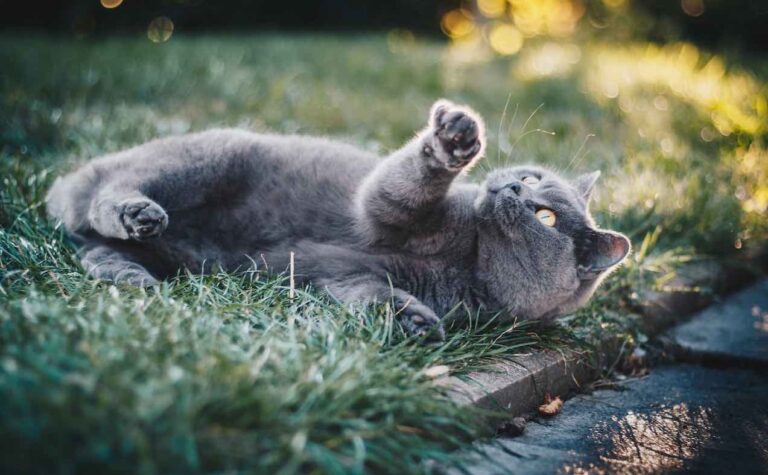Unveiling the Art of Pet Etiquette in Social Settings
Ever found yourself in a situation where your pet’s behavior became the center of attention?
Whether at a park, a friend’s house, or a bustling city street, mastering the art of pet etiquette is a crucial aspect of responsible pet ownership. How can we teach our furry companions proper behavior in social settings? Join us as we explore the world of pet etiquette, unraveling the keys to fostering positive interactions with other animals and people alike.
Why Does Pet Etiquette Matter?
- What makes pet etiquette essential? Just like humans, pets are social beings, and their behavior in different settings reflects on their owners. Teaching your pet proper etiquette ensures a harmonious coexistence in various environments, contributing to a positive experience for everyone involved.
Basic Obedience Training:
- How does basic obedience training tie into pet etiquette? Fundamental commands such as sit, stay, and come lay the foundation for good behavior. These commands not only make it easier to manage your pet in social settings but also contribute to their safety and the safety of others.
Leash Manners:
- A key component of pet etiquette is mastering leash manners. Whether on a city sidewalk or a nature trail, a well-behaved leashed pet ensures a safe and enjoyable experience for both the pet and those around them. Teaching loose-leash walking and responding to leash cues is essential.
Positive Exposure to Various Environments:
- How can we prepare our pets for different social settings? Gradual exposure to various environments helps pets become accustomed to different sights, sounds and smells. This exposure reduces anxiety and makes them more adaptable and well-behaved in diverse social situations.
Socialization with Other Pets:
- Encouraging positive interactions with fellow furry friends is a cornerstone of pet etiquette. Organized playdates, visits to dog parks, and supervised introductions help your pet develop social skills, ensuring they can interact confidently and respectfully with other animals.
Meeting New People:
- How can we ensure our pets are polite when meeting new people? Teaching your pet not to jump on or excessively bark at new acquaintances is crucial. Encourage calm behavior and provide positive reinforcement when they greet people politely.
Respecting Boundaries:
- Just like humans, pets have personal boundaries. Teaching your pet to respect the personal space of other animals and people is essential. This includes refraining from excessive sniffing, jumping, or invading personal territory without invitation.
Handling Unfamiliar Objects:
- Pets may encounter various objects in social settings. Training them to remain calm around unfamiliar items, like strollers, bikes, or outdoor furniture, ensures they won’t become anxious or display unwanted behavior when faced with the unexpected.
Calming Techniques:
- How can we help our pets stay calm in bustling environments? Introducing calming techniques, such as providing a favorite toy or engaging in calming exercises, helps your pet cope with stressors, promoting a relaxed demeanor in social situations.
Consistent Positive Reinforcement:
- The key to successful pet etiquette is consistent positive reinforcement. Rewarding good behavior with treats, praise, or affection reinforces the desired actions, making your pet more likely to exhibit polite behavior in social settings.
Mastering the “Leave It” Command:
- The “leave it” command is a valuable tool in social situations. Teaching your pet to resist the urge to investigate or grab items on the ground helps prevent potential conflicts and keeps both your pet and the environment safe.
Stay Calm in Noisy Environments:
- Social settings can be noisy, and pets may encounter loud sounds. Training your pet to stay calm amidst the noise, such as traffic or city sounds, ensures they won’t be easily startled or stressed in bustling environments.
Practice Distraction Techniques:
- Distraction techniques can redirect your pet’s attention when needed. Whether it’s encountering another animal or navigating a crowded area, having a repertoire of distraction commands or toys helps keep your pet focused on positive behavior.
Role Play Social Scenarios:
- Create controlled scenarios to role-play social interactions. This could include having a friend with a well-behaved pet or simulating busy environments. Practice reinforces positive behavior and prepares your pet for real-life social situations.
Introduce Different Age Groups:
- Ensuring your pet is comfortable around people of different ages is crucial. Introduce them to children, adults, and seniors to build their confidence and adaptability in diverse social settings.
Teach Calm Exits:
- Pet etiquette includes leaving a social setting gracefully. Train your pet to exit calmly, whether it’s from a playdate, a friend’s house, or a public space. This ensures a positive conclusion to social interactions.
Responding to Doorbell or Door Knock:
- Pets may become excited or anxious when the doorbell rings or there’s a knock. Training them to stay calm during these moments and not rush to the door helps maintain a peaceful entry or exit for guests.
Adaptability to Public Transport:
- If you plan to travel with your pet, getting them accustomed to public transport is vital. Gradually expose them to different modes of transportation, teaching them to remain calm during rides, walks in busy areas, and interactions with fellow commuters.
Maintain Consistency Across Environments:
- Consistency is key in pet training. Ensure that the rules and expectations you set for your pet’s behavior remain consistent across various social environments. This helps your pet understand what is expected of them regardless of the setting.
Enjoy Quiet Time Together:
- Amidst social interactions, it’s equally important for your pet to enjoy quiet downtime. Create moments of relaxation, whether it’s during a picnic in the park or a visit to a friend’s house. This reinforces the idea that positive behavior extends to various situations, including moments of tranquility.
Mastering pet etiquette is a journey that enhances the bond between pet and owner while contributing to a positive social experience for everyone involved. Whether navigating crowded streets, enjoying playtime at the park, or meeting new friends, pets that have been trained for social interactions bring joy and harmony to diverse settings.
By incorporating these etiquette principles into your pet’s training regimen, you pave the way for a well-mannered and socially adept companion. Here’s to a world where pets and people coexist with grace and politeness!







